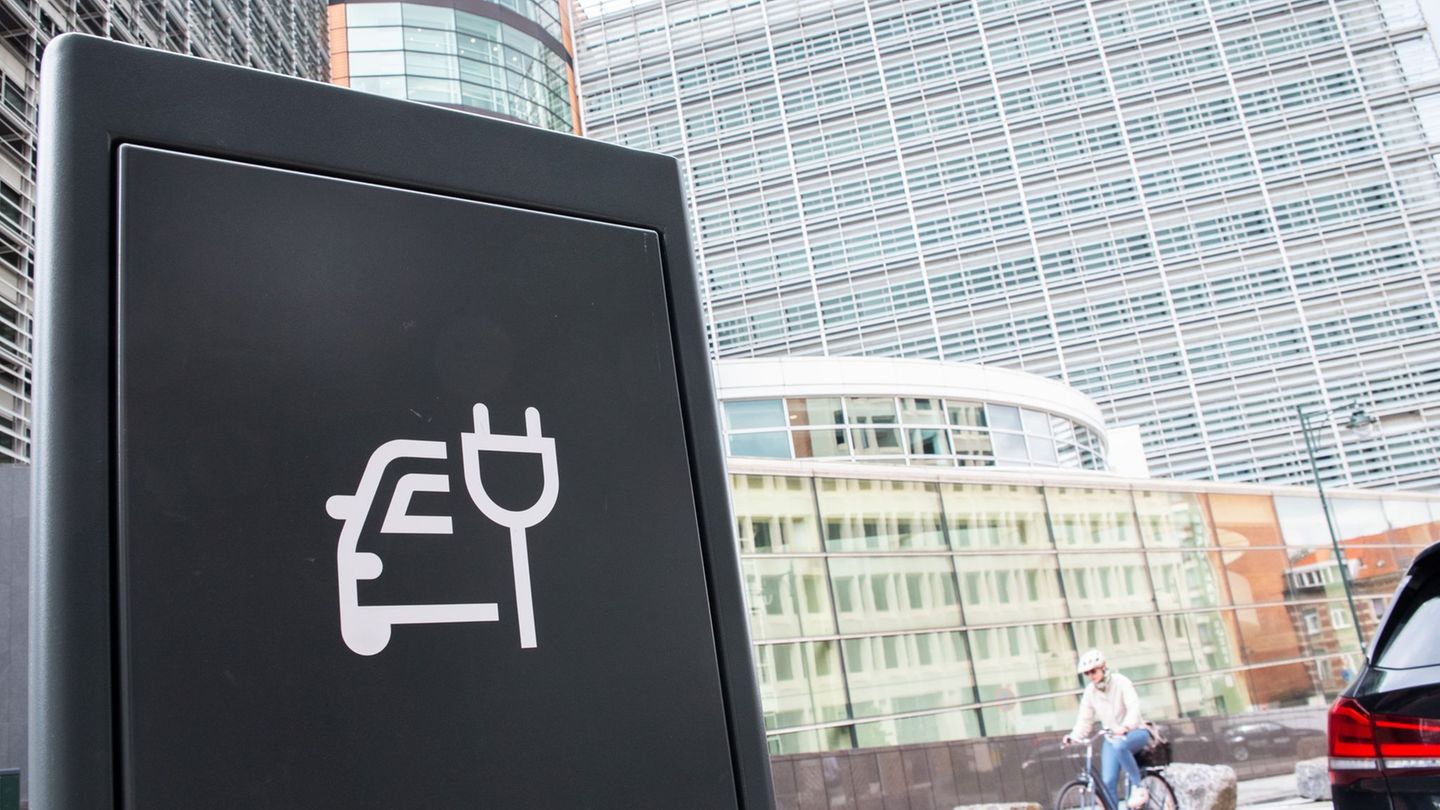Monetary politics
On the monetary front, the Central ratified a set of guidelines that are in tune with some of the proposals made weeks ago by the Fund in the closing statement of the Argentine officials’ visit to Washington. On the one hand, the BCRA report indicated that it will advance towards a rise in the reference rate to encourage investments in pesos to pay positive real returns.
The entity had analyzed implementing during December an increase in the monetary policy interest rate (that of the Leliq), which has remained at 38% since November 2020, to adapt it to the new rate of depreciation and inflation. Ultimately, he was inclined to postpone the move to 2022.
The document also pointed out that it will continue with the sterilization of liquidity as necessary to avoid exchange and inflationary pressures, although it anticipated that it expects a lower issuance to finance the Treasury (the Budget project set 1.8%) as a result of the reduction of the fiscal deficit and the expansion of the debt in pesos and the disbursements of multilateral organizations.
In addition, he ratified the anchor for the monetary expansion that Martín Guzmán had advanced: the report indicated that the real growth of the monetary base (BM) will accompany “The greater demand for real balances derived from the economic expansion and the strengthening of the labor market”. Guzmán had stated that in 2022 the WB would remain stable in relation to GDP. In 2021, as a result of the absorption of liquidity by the BCRA, money in circulation contracted 11.5% in real terms and returned to similar records in terms of GDP to those of mid-2003.
The BCRA stated: “In this new stage, it is expected that the monetary sterilization effort will be reduced. This will favor that the demand for the monetary base is supplied by the interests associated with the remunerated liabilities of the BCRA (Pases and Leliq) and, potentially, by a reduction in its stock ”.
Finally, the entity chaired by Miguel Pesce anticipated that it will recalibrate the reserve requirement scheme to reinforce the monetary policy transmission channel.
Exchange policy
The BCRA board also made official what Pesce had advanced in a UIA conference: that it will accelerate the rate of depreciation to bring it closer to the evolution of prices and “preserve the levels of external competitiveness.” This year, the economic cabinet appealed to an exchange rate anchor strategy to try to help reduce rising inflation: the wholesale dollar rose 22% throughout 2021, almost 30 points below the consumer price index (CPI).
In this regard, the report pointed out that this policy, added to the evolution of emerging currencies against the dollar, “contributed to a real appreciation of the peso.” Although he remarked: “Despite this, the Multilateral Real Exchange Rate Index remained during the year at levels compatible with the average of the last 24 years, and in a context of external sector surplus.” The intention is that next year it will remain stable, which also implies that a devaluation jump is ruled out. In December, a greater rate of slippage of the official dollar was already seen: 1.8%, against an average of 1.1% between May and November.
“The BCRA will seek to recalibrate its exchange and interest rate policy to promote exchange rate stability and strengthen its position of international reserves,” the monetary authority synthesized. The accumulation of foreign exchange is one of the central axes of negotiations with the IMF, as reported by Ámbito. In this sense, analysts warn that a higher rate of depreciation without an adjustment of the rate could stimulate exporters to take credit at a negative rate and postpone sales abroad.
In addition, the entity reaffirmed that there will be new flexibilities to the stocks “to the extent that macroeconomic conditions allow it, the regulations will be made more flexible” and “with the objective of maintaining in the medium and long term a set of macroprudential regulations compatible with the dynamization of capital flows oriented to the real economy ”. However, many of the controls will remain for a long time.
With scarce reserves, a mountain of unaffordable maturities and a challenging summer ahead, the Central again advocated a quick resolution of the negotiation with the Fund to refinance the US $ 45,000 million of debt that Mauricio Macri took. He assured that this “will help to improve the expectations of those actors that condition their vision about the sustainability of the external sector to the result of said negotiation, helping to contain exchange rate pressures and inflation expectations.”
Other guidelines proposed by the BCRA for 2022 are to promote growth in credit to the private sector in pesos in terms of GDP, maintain the solvency of the financial system, favor the financing of SMEs and strengthen digital means of payment.
Source From: Ambito
David William is a talented author who has made a name for himself in the world of writing. He is a professional author who writes on a wide range of topics, from general interest to opinion news. David is currently working as a writer at 24 hours worlds where he brings his unique perspective and in-depth research to his articles, making them both informative and engaging.




